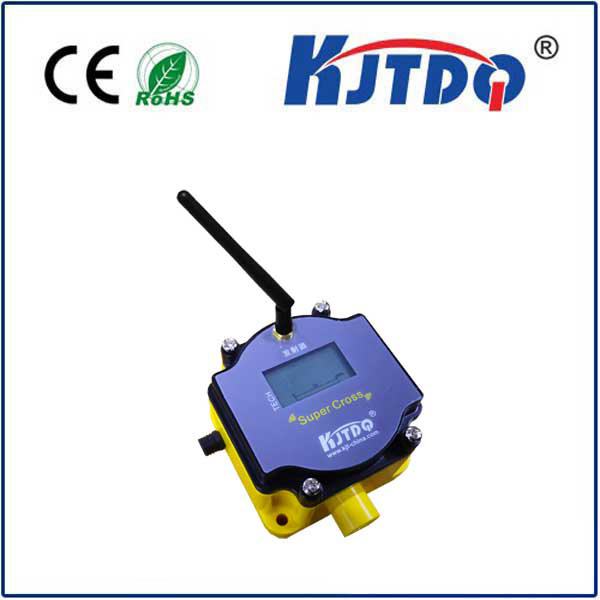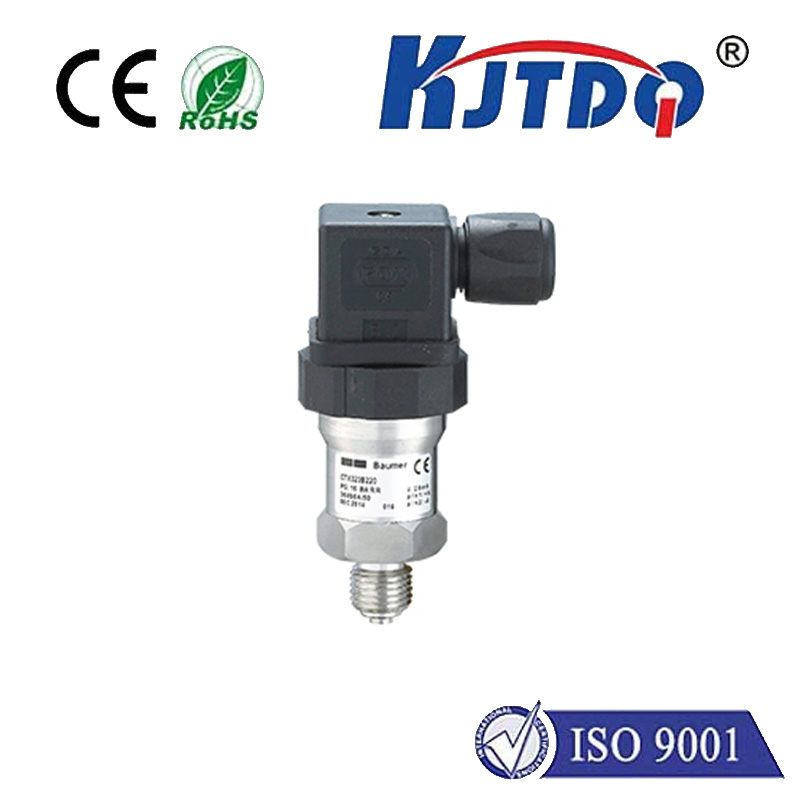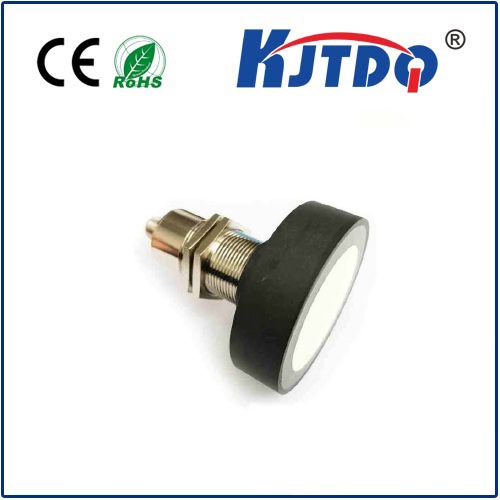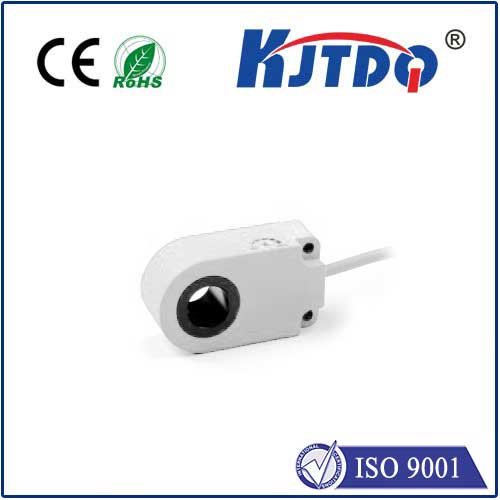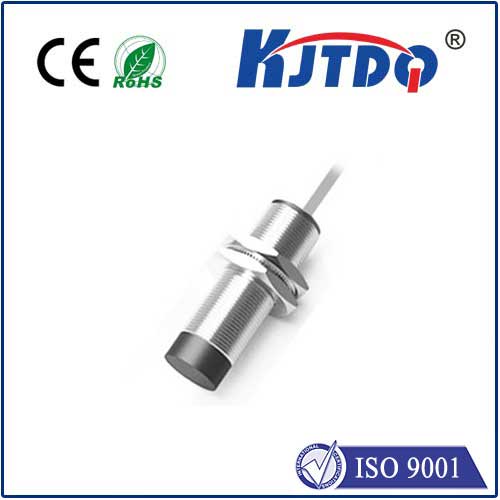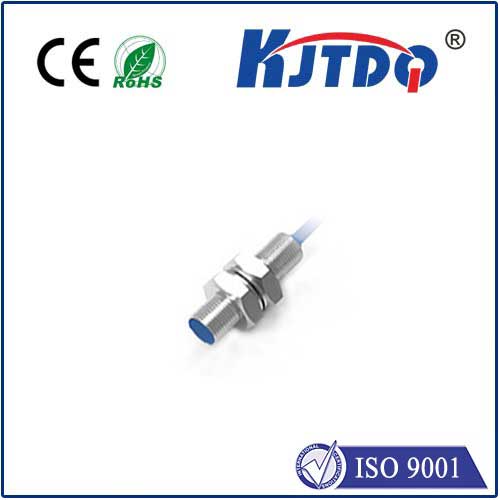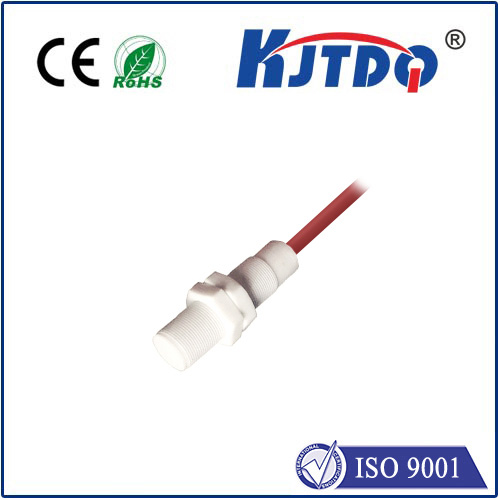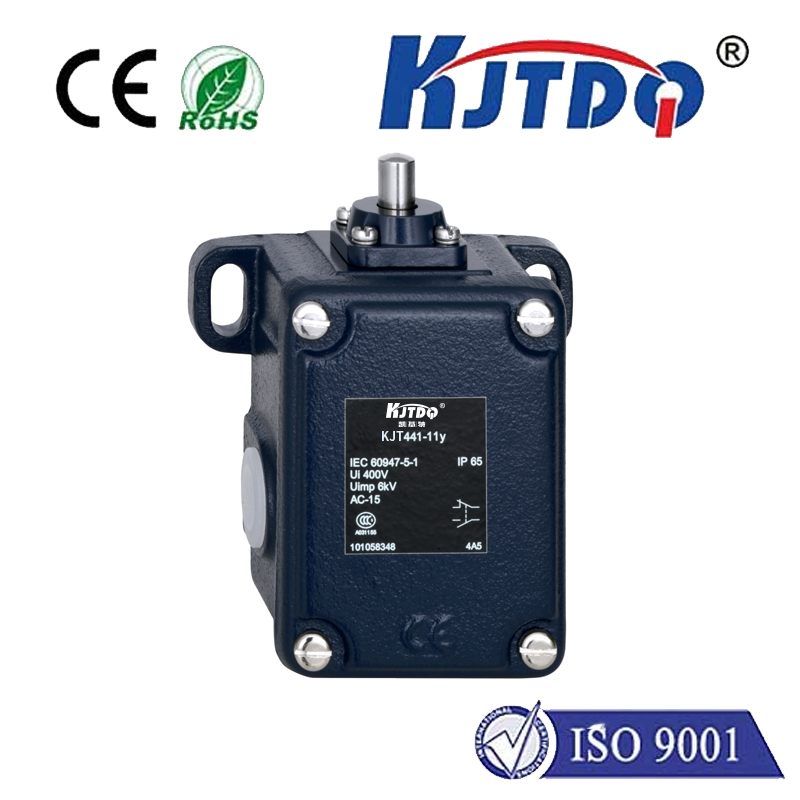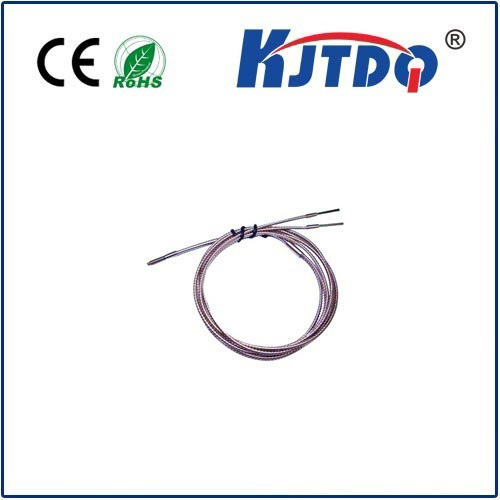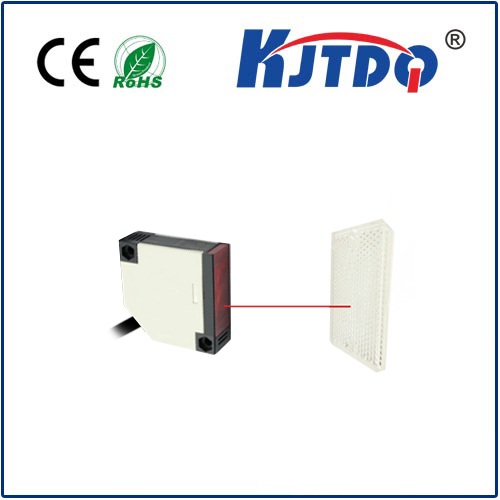SHT30 Sensor: Precision Environmental Sensing for the Digital Age
Ever wondered how your smart thermostat adjusts seamlessly to changing weather or why your fitness tracker provides such accurate health insights? The secret often lies in tiny yet powerful components like the SHT30 sensor, a cutting-edge device revolutionizing how we monitor the world around us. In an era where data-driven decisions dominate industries, from smart homes to industrial automation, this compact sensor delivers unmatched reliability in measuring humidity and temperature. But what makes it stand out among the myriad of environmental sensors available? Let’s delve into the fascinating world of the SHT30, exploring its capabilities, real-world applications, and why it’s becoming the go-to choice for engineers and hobbyists alike. As we navigate this topic, you’ll discover how this unassuming piece of technology could transform your projects, offering precision that was once reserved for high-end laboratory equipment.

At its core, the SHT30 sensor is a sophisticated digital humidity and temperature sensor developed by Sensirion, designed to provide highly accurate readings with minimal power consumption. Unlike older analog variants, this sensor leverages advanced capacitive sensing technology for humidity detection and a band-gap circuit for temperature, all integrated into a minuscule footprint. This allows it to operate over a wide range—typically from -40°C to 125°C for temperature and 0% to 100% for relative humidity—with an impressive accuracy of ±0.2°C for temperature and ±2% RH for humidity. Such precision isn’t just a technical marvel; it’s essential for applications where minor fluctuations can cause significant issues, such as in pharmaceutical storage or climate-controlled farming. Plus, the SHT30’s digital output via I2C interface simplifies integration with microcontrollers like Arduino or Raspberry Pi, eliminating the need for complex calibration and making it accessible even for DIY enthusiasts. This ease of use combined with robustness makes it a versatile tool in today’s connected ecosystem, highlighting why designers increasingly favor it over predecessors like the DHT22 or SHT31 for cost-effective yet high-performance solutions.
Why should you consider the SHT30 sensor for your next project? Its advantages extend far beyond basic measurements. For starters, low power consumption is a game-changer, allowing the sensor to draw as little as 0.15µA in sleep mode. This feature is critical for battery-operated devices in the Internet of Things (IoT), where sensors must last months or years without frequent recharging. Imagine deploying a network of weather stations in remote areas; the SHT30’s energy efficiency ensures continuous data collection without draining resources. Additionally, its digital nature reduces noise and interference, providing consistent readings even in electrically noisy environments like factories. That’s why industries rely on it for predictive maintenance—say, detecting early signs of overheating in machinery to prevent costly downtime. In consumer electronics, the sensor shines in products like smart thermostats and air purifiers, where real-time humidity control enhances user comfort and energy savings. Not to mention, its rapid response time (often under 8 seconds) means it adapts swiftly to sudden changes, ensuring your systems react instantly to dynamic conditions. By choosing the SHT30, you’re not just adding a component; you’re investing in reliability that scales from small prototypes to mass-produced gadgets.
The applications of the SHT30 sensor span a diverse array of fields, underscoring its adaptability and value. In smart home ecosystems, it’s integral to devices that automate climate control, improving energy efficiency and comfort by adjusting HVAC systems based on ambient readings. For instance, pairing it with AI algorithms can optimize heating and cooling, reducing costs by up to 20% in some setups. Similarly, in healthcare, this temperature and humidity sensor ensures precise monitoring in incubators or wearable health trackers, safeguarding patient well-being through accurate environmental data. Moving to industrial settings, the SHT30 plays a pivotal role in quality assurance; food processing facilities use it to monitor storage conditions, preventing spoilage by maintaining ideal humidity levels. Even in agriculture, farmers employ these sensors in greenhouses to regulate irrigation, boosting crop yields sustainably. On a broader scale, IoT deployments leverage the SHT30 for urban air quality networks, contributing to smart city initiatives that combat pollution. What’s remarkable is how seamlessly it integrates into existing tech stacks—whether you’re coding a Python script for a Raspberry Pi project or designing a custom PCB for a commercial product. This versatility underscores why the SHT30 humidity sensor is often preferred over alternatives; it delivers professional-grade performance without the complexity, making innovation accessible to all.
When comparing the SHT30 to other sensors in the market, its superiority becomes evident through tangible benefits. For example, relative to older models like the DHT22, the SHT30 offers higher accuracy and faster response, while consuming less power—a crucial factor for portable devices. Unlike analog options, its fully digital interface minimizes wiring hassles and enhances compatibility with modern microcontrollers. Moreover, it outshines many compes in terms of longevity; the robust design ensures stable operation for over 8 years in continuous use, as validated by extensive testing in harsh environments. Cost-effectiveness is another highlight; despite its advanced features, the SHT30 sensor remains affordable, often costing under $5 per unit in bulk orders. This price point democratizes access for startups and educators, fostering creativity in fields like environmental science and robotics. However, it’s not just about specifications—user experiences reveal that the sensor’s ease of integration reduces development time. Consider a case study in HVAC
